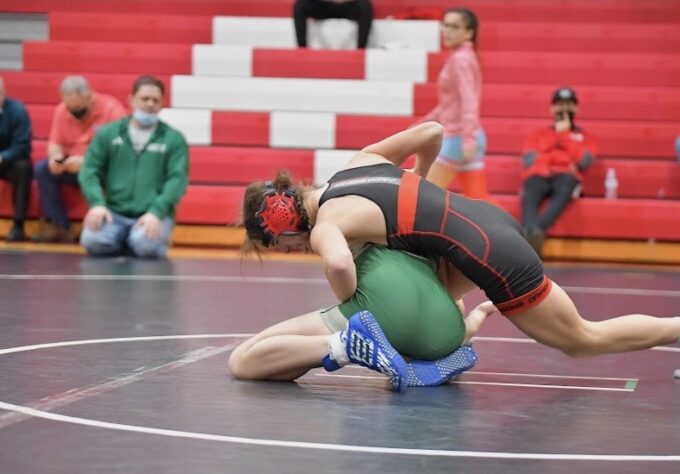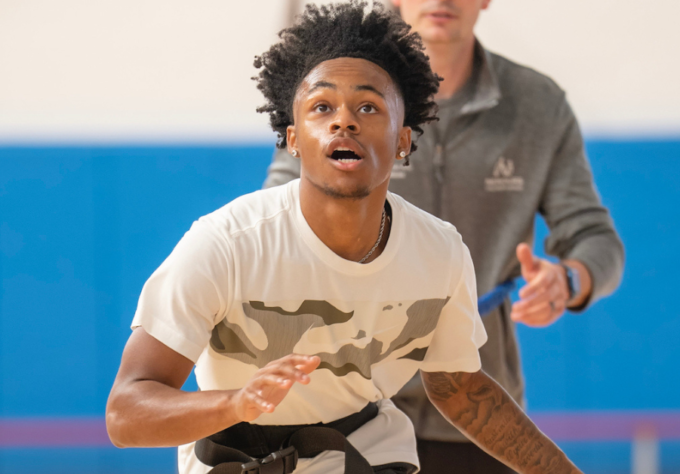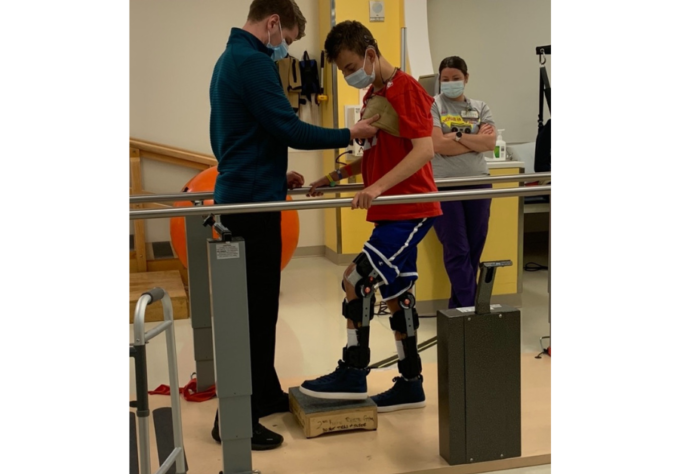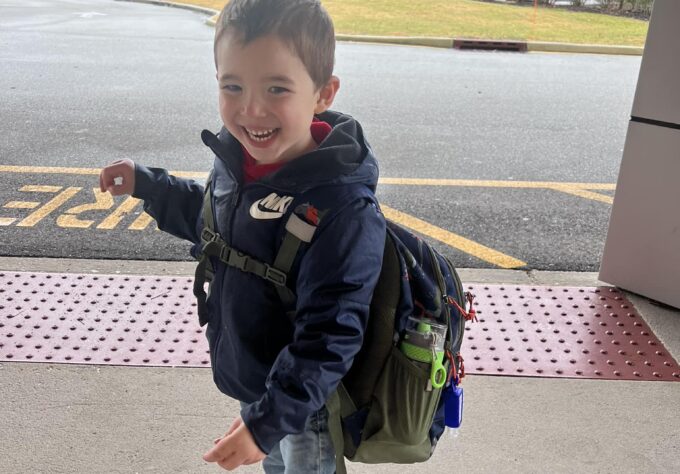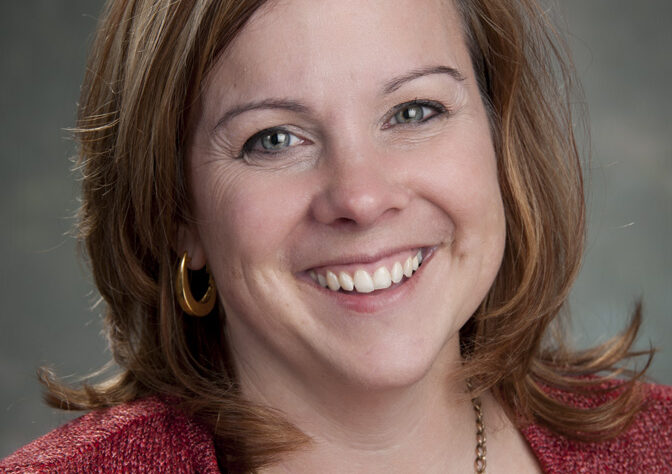In honor of Doctors’ Day, we’re shining a spotlight on this remarkable team of medical professionals! Dr. Ken Baker and Dr. Bevin Weeks are not only talented doctors, but also a married couple that both work for Nemours Children’s Health. When they were younger, both Dr. Baker and Dr. Weeks had positions working at Yale. While the Pediatric Cardiology Echo Lab and Pediatric Radiology reading room were located along the same hallway, they hadn’t actually met until a mutual colleague decided to introduce them. “Fun fact,” says Dr. Weeks, “This was back in the days when Dr. Moss also worked at Yale and it was his PA who was the mutual colleague!” In late 2019, the couple realized that Pensacola was home for them and made the decision to move back to Pensacola, FL. Dr. Weeks and Dr. Baker knew that they wanted to be part of Nemours and the […]



